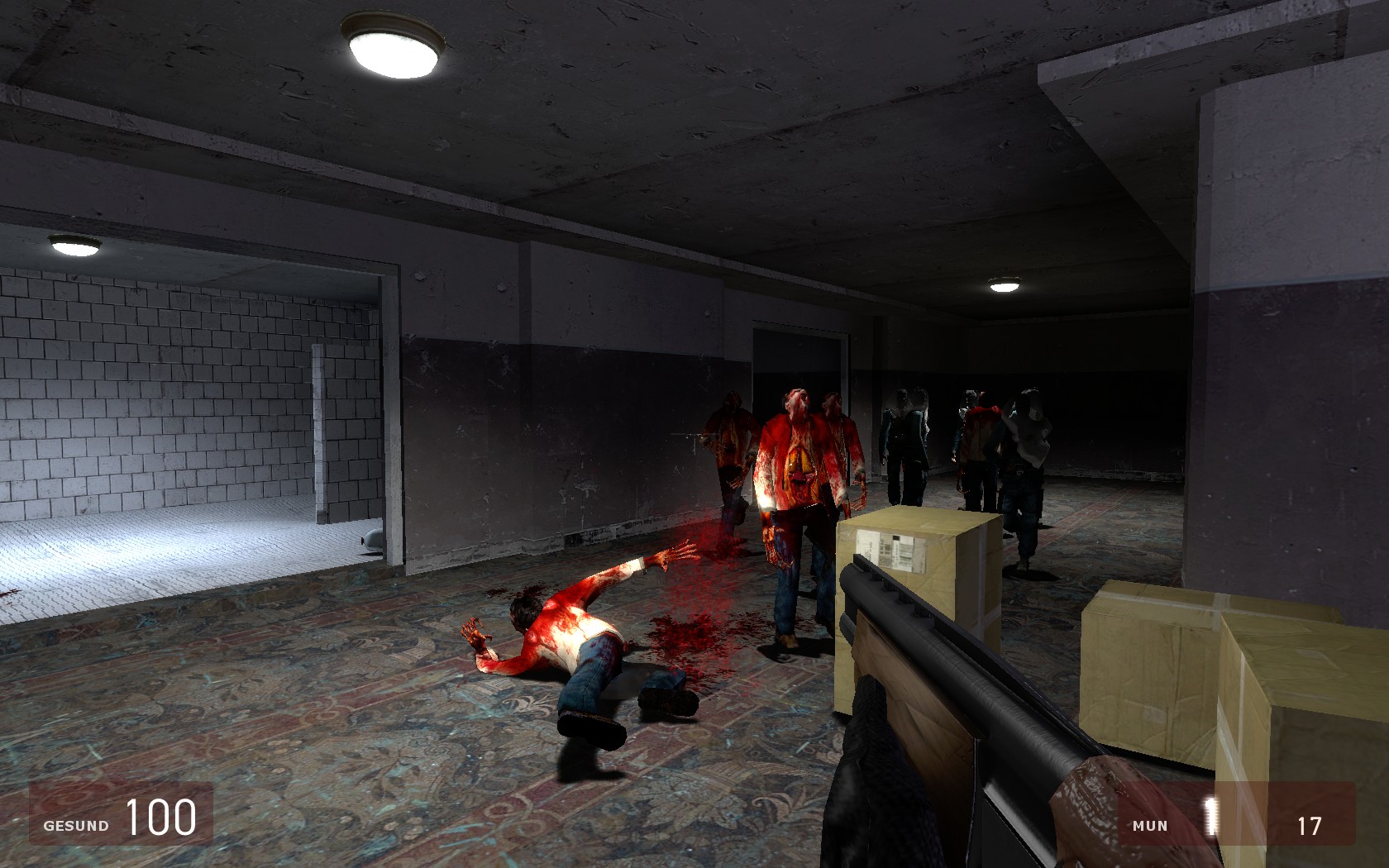
Their faces were covered by rolled up T-shirts and their distrust was such that they asked Abd to lift his shirt: they were not checking for guns but for a hidden camera. On one of his last days in Haiti, Abd traveled past the last shantytowns of Port au Prince to a previously agreed meeting point north of the airport, where three gang members appeared from behind a cluster of trees.

They rehearse on a catwalk, practiced elegance protected from gangs by armed guards around the perimeter. They aspire to the title of Miss Haiti to represent their country at the Miss World contest. In the dense gardens of La Reserve restaurant, contestants in a beauty pageant also want to be seen. “Once you have invested in a place and a hundred workers depend on you, how can you leave? There is no way back,” said one who remained behind. Some are still here and still doing business. Following the assassination of President Jovenel Moïse last summer, many among the elite have given up hope and abandoned the island. In the past, they have been reluctant to show their faces and lifestyles to the media, but now they want to be seen. On the other hand, Abd won rare access to the homes of the well-to-do who live in Pétion-Ville, on the top of a mountain overlooking the bay of Port-au-Prince. Abd encountered constant hostility, even violence, toward a white man with a camera. The measures that had served him well during two decades of photojournalism - seeking permission, demonstrating respect and empathy - were not going to be enough in Haiti. One Saturday evening, after a shootout between policemen and a gang, Abd saw a corpse laying face-down in the street with passersby averting their gazes in a common form of self-defense: See no evil to save yourself. This story was produced with support from the Pulitzer Center on Crisis Reporting.įrom the beginning, they spent days riding a motorbike around garbage-strewn, dirt streets of the violent, coastal neighborhoods of Cité Soleil, La Saline, Bel Air, and Martissant. Photographer Rodrigo Abd, working with reporter Alberto Arce, spent four weeks in Haiti and came away with a kaleidoscopic collection of images - fragments of slices of life in a tumultuous land. Uneasily and sometimes murderously, they share half an island that is a magnet for natural disasters. It is many stories - overlapping, colliding, advancing relentlessly to violent and heartbreaking endings.

PORT-AU-PRINCE, Haiti (AP) - Haiti is not one story.


 0 kommentar(er)
0 kommentar(er)
